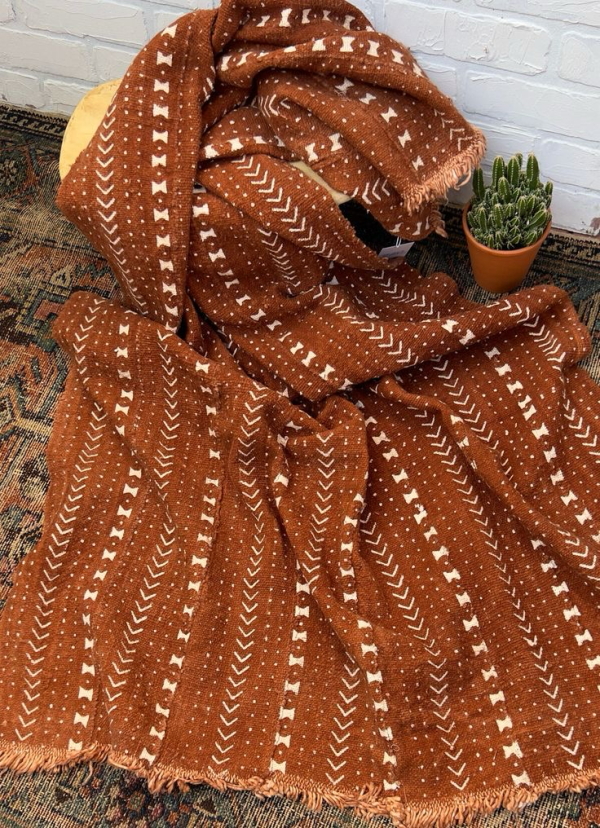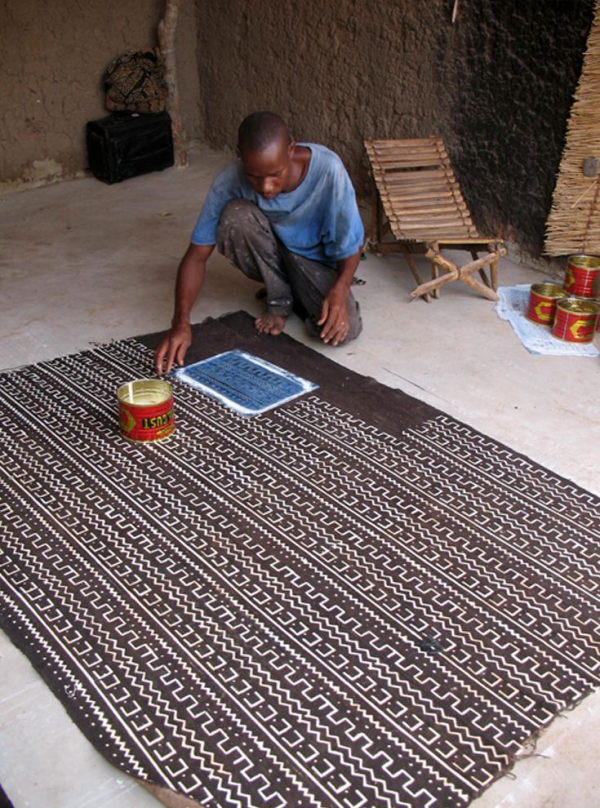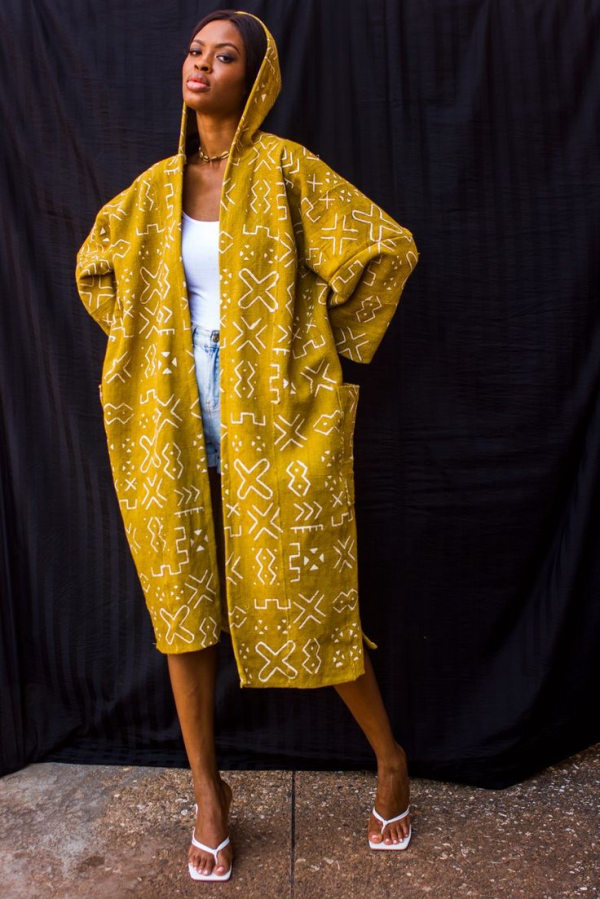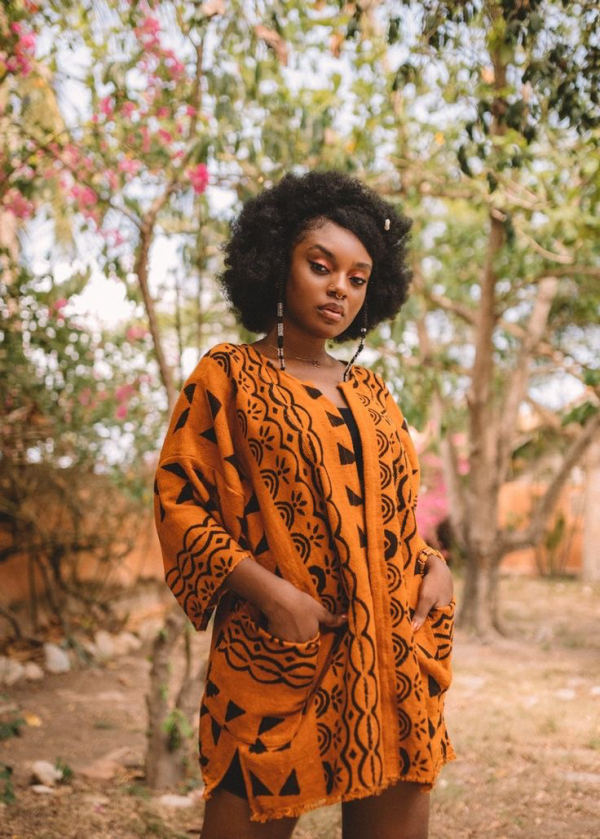Mud Cloth Magic: Unraveling the Secrets of Bogolanfini
Bogolanfini, commonly known as mud cloth, is a traditional West African textile art form with roots deeply embedded in Mali’s cultural heritage. The process of creating bogolanfini is a meticulous and labor-intensive craft that involves weaving together intricate designs using natural dyes and fermented mud.

The magic of bogolanfini lies not only in its aesthetic appeal but also in its cultural significance. Each piece of mud cloth tells a story, often reflecting the history, beliefs, and values of the Malian people. The motifs and symbols found in bogolanfini carry rich meanings, passed down through generations, making each piece a unique expression of identity and tradition.

Traditionally, the creation of bogolanfini was a communal effort, with women playing a central role in the dyeing and designing process. The use of natural materials, such as mud, plant extracts, and organic pigments, connects bogolanfini to the earth and emphasizes its importance in Malian cultural practices.
In recent years, bogolanfini has gained international recognition as a symbol of African artistry and craftsmanship. Its striking patterns and earthy hues have found their way into contemporary fashion, home decor, and art galleries around the world. However, the commercialization of mud cloth has also sparked debates about cultural appropriation and the need to preserve its authenticity and integrity.

Despite these challenges, bogolanfini continues to captivate audiences with its timeless beauty and cultural significance. As artisans strive to keep this ancient tradition alive, the secrets of bogolanfini unfold, inviting us to appreciate not only the artistry behind each piece but also the rich tapestry of Mali’s cultural heritage.
